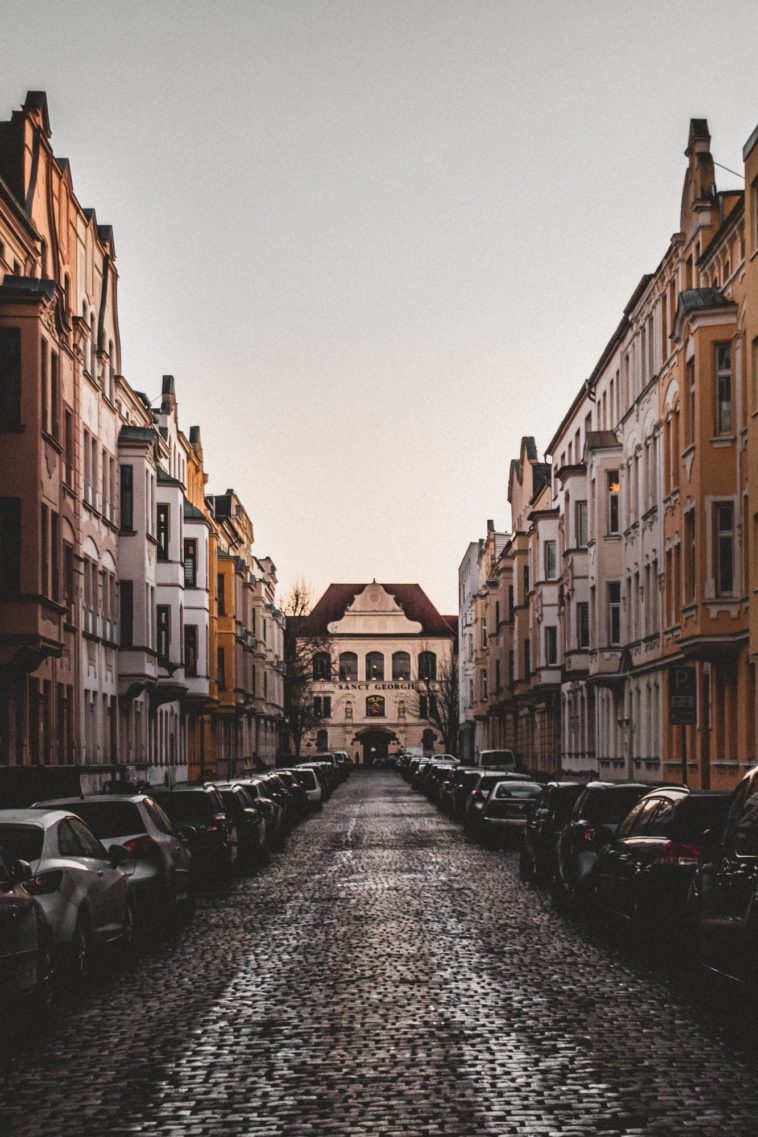Magdeburg, the capital city of Saxony-Anhalt Germany is located on an river Elbe. This bustling metropolis was one if not most important medieval cities in Europe during Vikings’ centuries reign and still holds many historical ruins from those times until today when it’s home to hundreds thousand people who live there despite being partly destroyed several times throughout its long history because different rulers wanted more control over this strategically positioned region that has provided them all sorts wealth including material possessions but also stability as well since they were able get rid possession once again just recently thanks to its reestablishment. Nevertheless, Magdeburg’s grandeur can still be seen in various well-preserved landmarks such as Cathedral of Magdeburg which was burial site for Otto I, first Holy Roman Emperor who spent most his life living there. Another significant accomplishment this city was when their version German town law known as “Magdeburg Rights” spread across Central and Eastern Europe, changing much how those regions were governed. Consequently, Magdeburg has played an integral role not only shaping Germany’s history but also entire Europe’s as well.
Magdeburg was first mentioned as a town in 805, when Emperor Charlemagne founded the diocese of Magdeburg. The town was located on the site of a 9th-century Slavic settlement. The town was destroyed in the 10th century, but it was soon rebuilt and became one of the most important imperial cities of the Holy Roman Empire.
Magdeburg became a bishopric in 968 and an archbishopric in 1000. The town flourished under the rule of the Archbishop Gero, who built many of the town’s churches and palaces. The town was also a member of the Hanseatic League.
The town was sacked by Swedish troops in 1631 during the Thirty Years’ War. It was rebuilt after the war, but it was again destroyed by French troops in 1745 during the Seven Years’ War. The town was once again rebuilt, and it became a part of the Kingdom of Prussia in 1792.
Magdeburg was an important industrial city during the 19th and 20th centuries. The city’s industries included shipbuilding, locomotive construction, and the manufacture of chemicals, textiles, and machinery.
Magdeburg was captured by the Red Army in 1945 during World War II. The city was rebuilt after the war, and it became the capital of East Germany in 1949. The city was reunified with West Germany in 1990.
Magdeburg is a beautiful medieval city that has been through a lot throughout its long history. The city has been destroyed and rebuilt many times, but it has always managed to bounce back. Magdeburg is a true testament to the strength and resilience of the human spirit.





